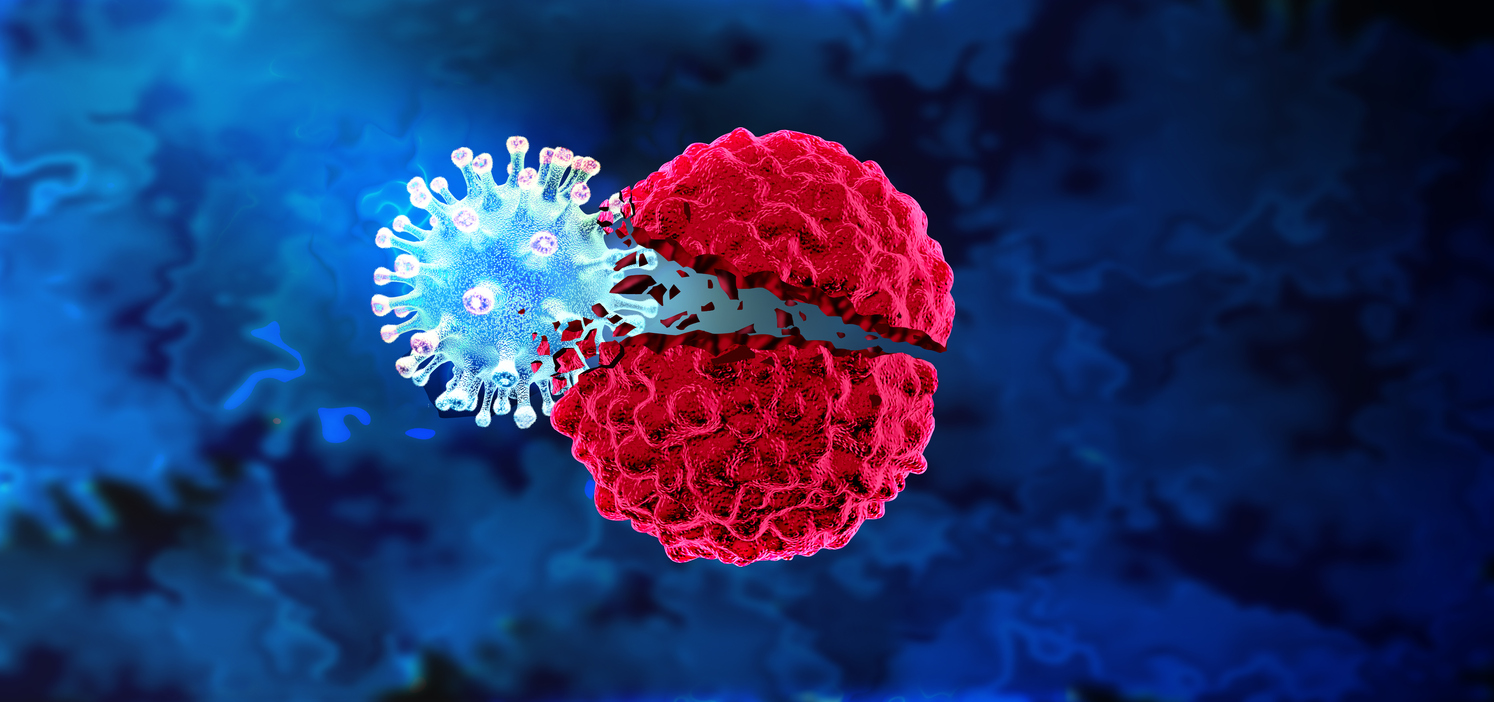2025-08-01
Oncolytic viruses: have solid tumors met their match?
Oncology
By Ana Espino | Published on August 01, 2025 | 2 min read
#Tumor #OncolyticVirus #Oncology #NewTherapy
Intermediate to advanced-stage solid tumors represent a major therapeutic challenge. Their limited response to conventional treatments—surgery, chemotherapy, radiotherapy—has created a pressing need for innovative approaches. Among these, oncolytic viruses (OVs) are emerging as a promising option. Capable of selectively infecting and destroying tumor cells while stimulating an antitumor immune response, these viruses are being tested across numerous cancer types. However, their actual effectiveness in humans remains to be clarified, particularly in terms of survival and objective response. In this context, this study was initiated to systematically and quantitatively evaluate the clinical efficacy of oncolytic viruses in the treatment of intermediate to advanced solid tumors, by analyzing the results of available clinical trials.
Have viruses found the weak spot in solid tumors?
Twenty-two clinical trials published between 2005 and 2023, involving 948 patients with various types of solid tumors (melanoma, liver, pancreatic, lung, colorectal cancers, etc.), were included. Patients were treated with different types of oncolytic viruses (HSV-1, adenovirus, vaccinia, reovirus), either alone or in combination with other therapies (immunotherapy, chemotherapy).
The efficacy of these viruses was assessed by measuring the following outcome variables: Objective Response Rate (ORR), Disease Control Rate (DCR), Overall Survival at 1 year (OS), and Progression-Free Survival (PFS).
The overall analysis reveals an ORR of 22%, indicating that nearly a quarter of patients experienced a measurable tumor reduction. The DCR reached 58%, including partial responses, complete responses, and stable disease. The 1-year OS stood at 61%, while PFS was 42%.
Sub-analyses further showed that the efficacy of oncolytic viruses is enhanced when combined with immunotherapy, particularly PD-1/PD-L1 checkpoint inhibitors. The tumor types most responsive to this approach were melanoma, liver cancer, and ovarian cancer. Adverse events were generally mild, with fever, injection site pain, and transient fatigue being the most frequently reported.
A breakthrough in progress—but still unstable
Advanced solid tumors are among the most difficult to treat due to their resistance and heterogeneity. The objective of this study was to assess the real-world clinical impact of oncolytic viruses in such a complex setting.
The results indicate moderate but clinically meaningful efficacy, with a good tumor control rate and positive survival signals—particularly when combined with immunotherapies like checkpoint inhibitors. These findings confirm the potential of OVs as an innovative therapeutic option in advanced solid cancers.
However, the diversity of viruses used, the heterogeneity of protocols, and the variability of clinical responses currently limit the generalization of these findings. To consolidate these promising data, well-designed phase III trials and better-defined combination strategies are needed. The future of oncolytic viruses likely lies in personalized approaches, guided by predictive biomarkers and tailored to the immunological profile of each tumor, in order to optimize clinical efficacy.
Read next: Reprogramming fat to starve the tumor?
About the author – Ana Espino
PhD in Immunology, specialized in Virology

Last press reviews
Twice-yearly injections to change the game?

By Ana Espino | Published on December 3rd, 2025 | 3 min read
HIV & young people: what if we changed the rules?

By Ana Espino | Published on December 2nd, 2025 | 2 min read
